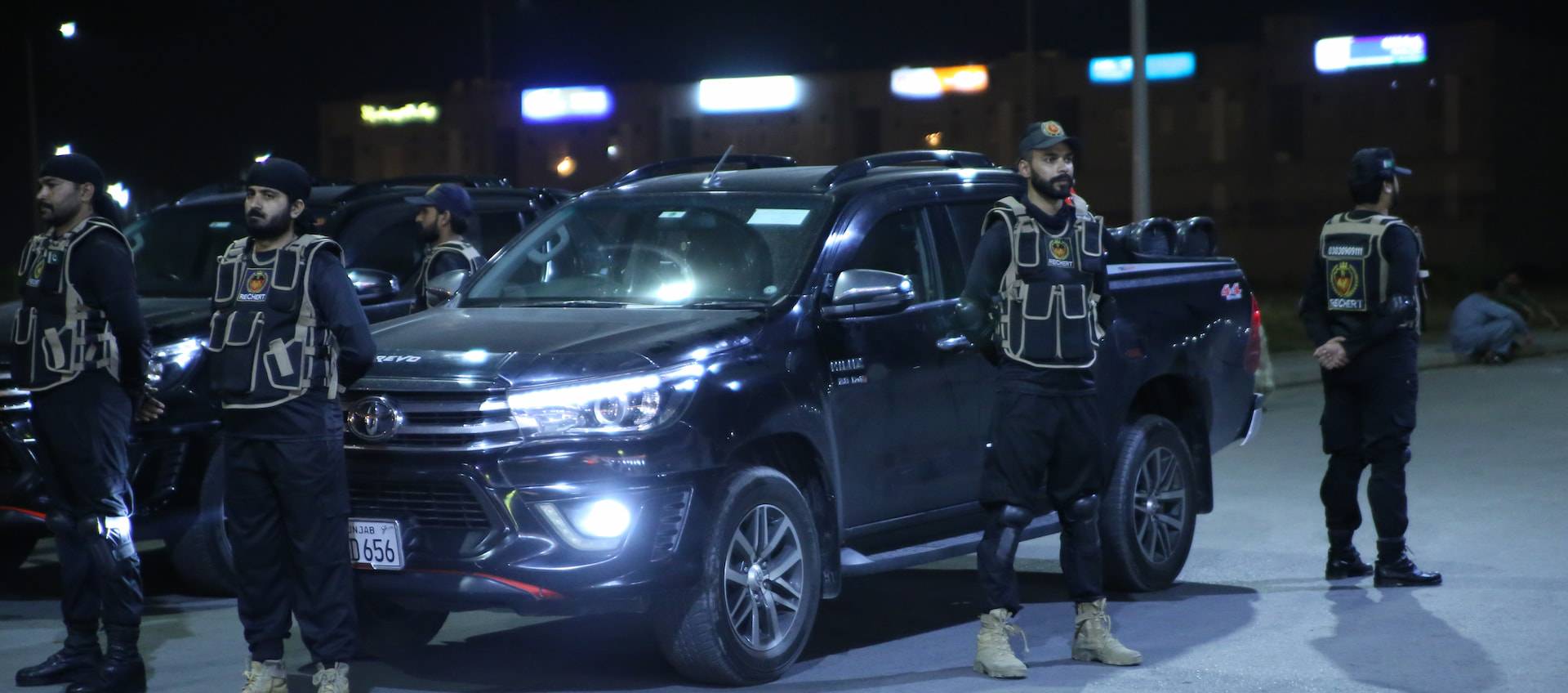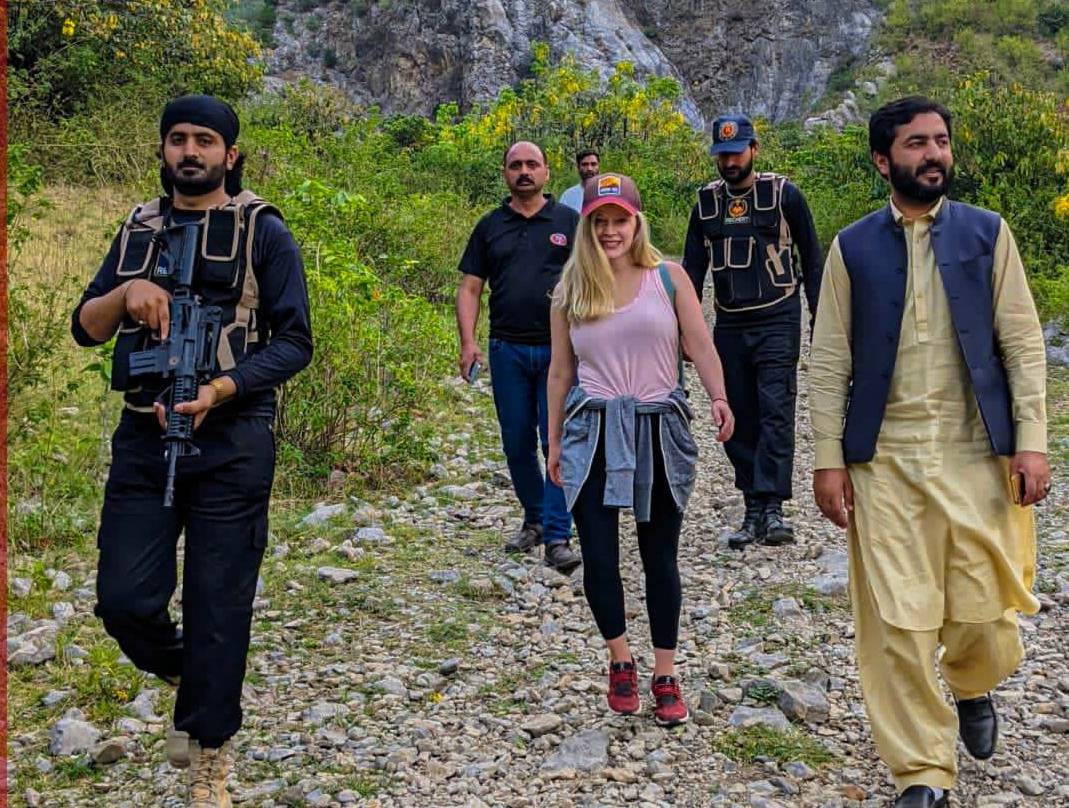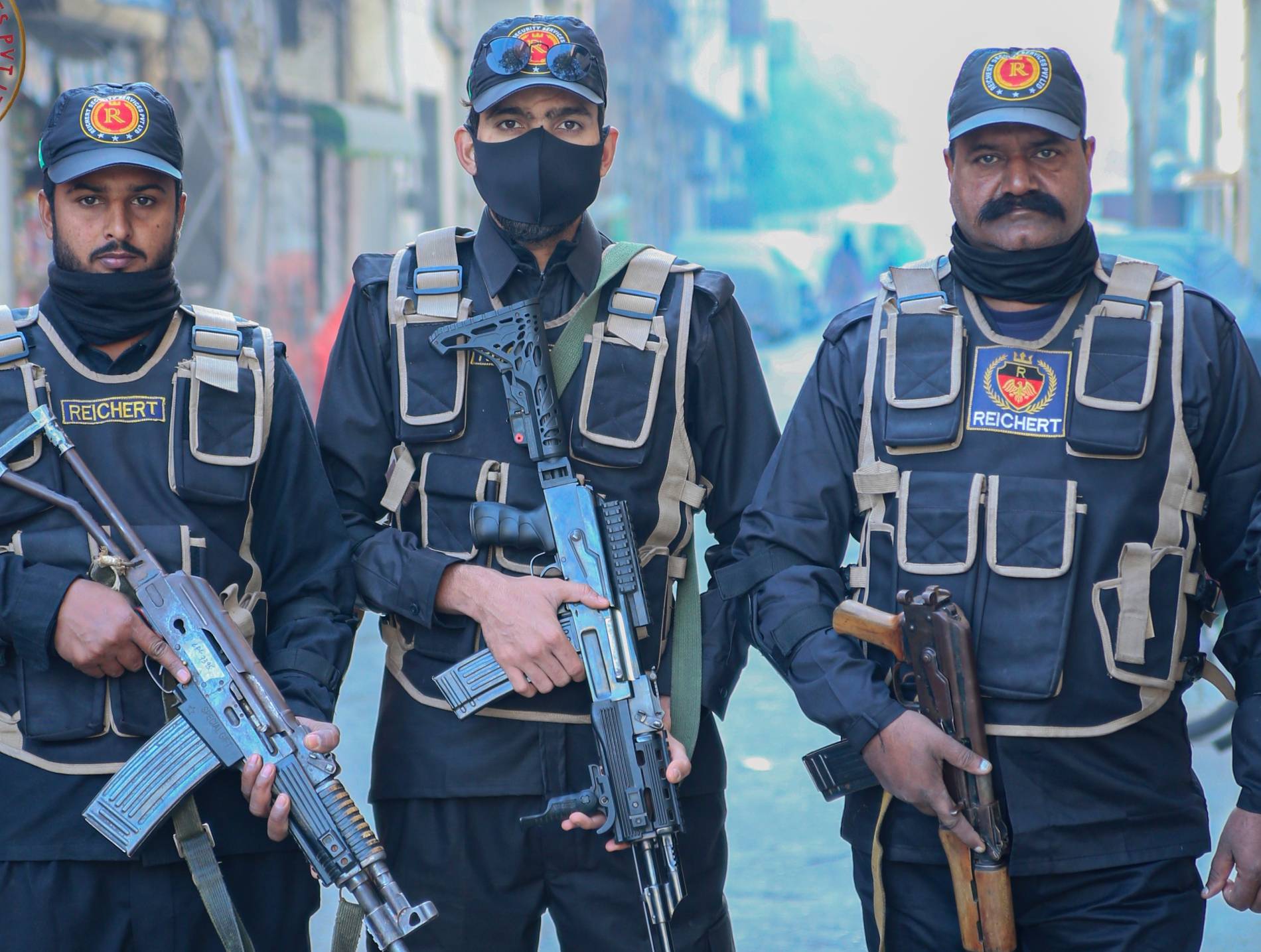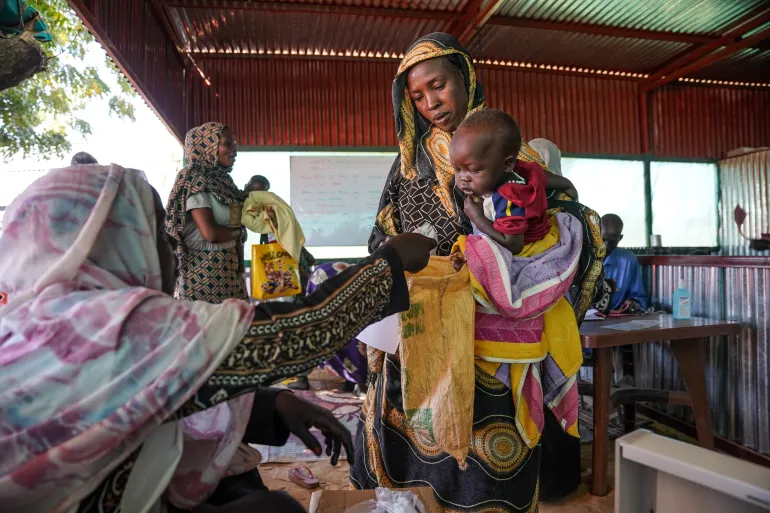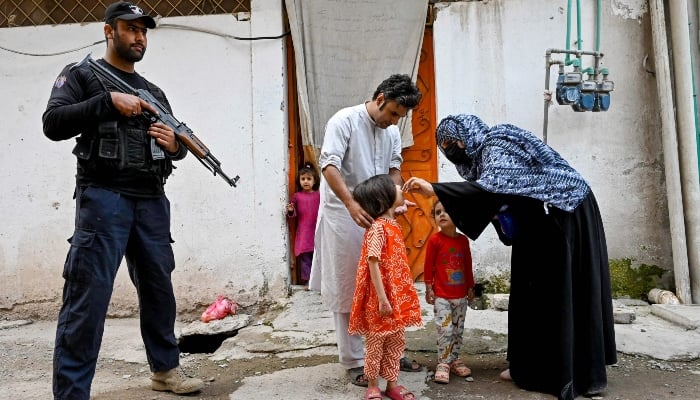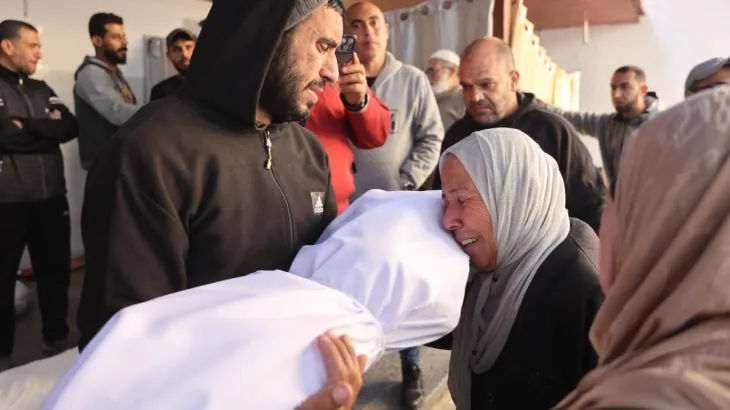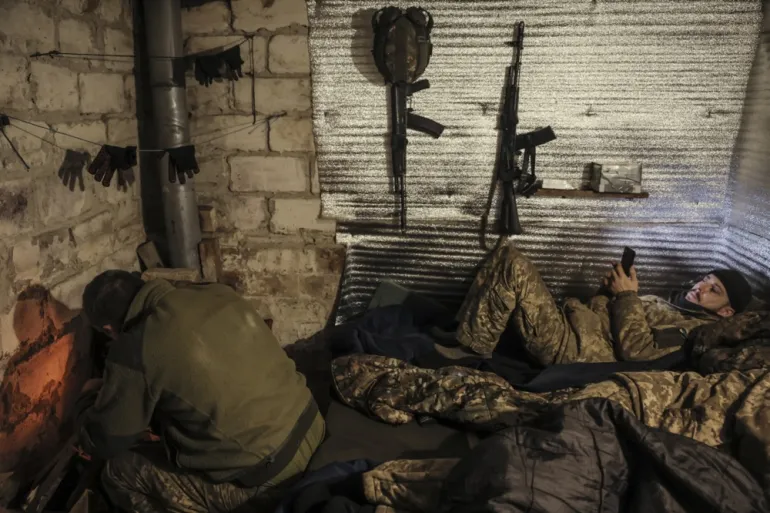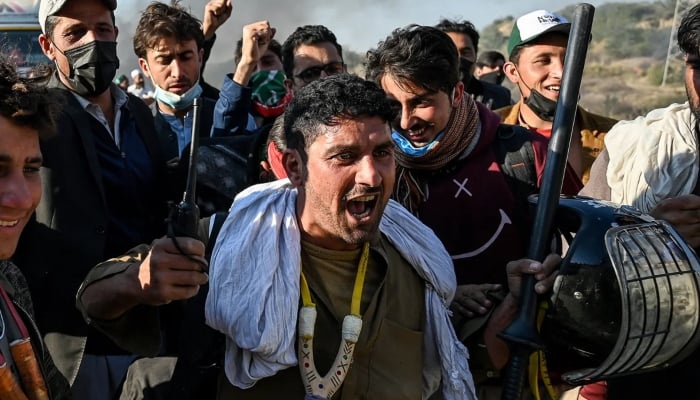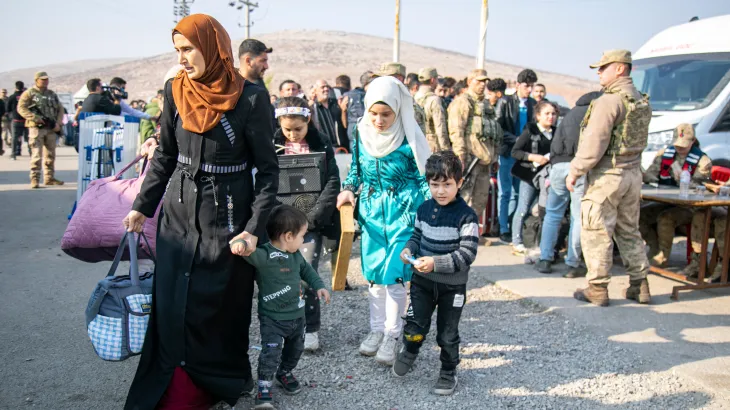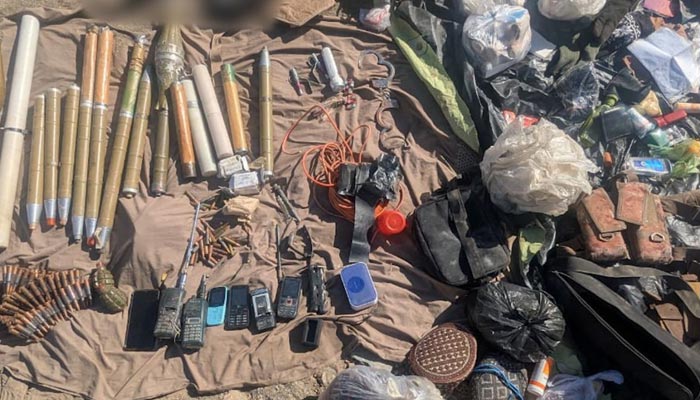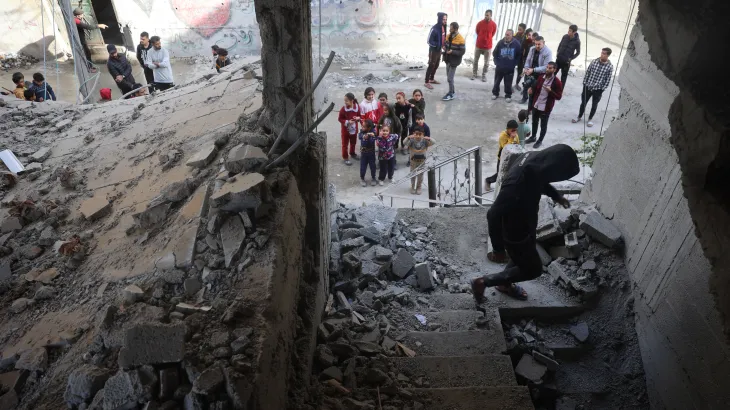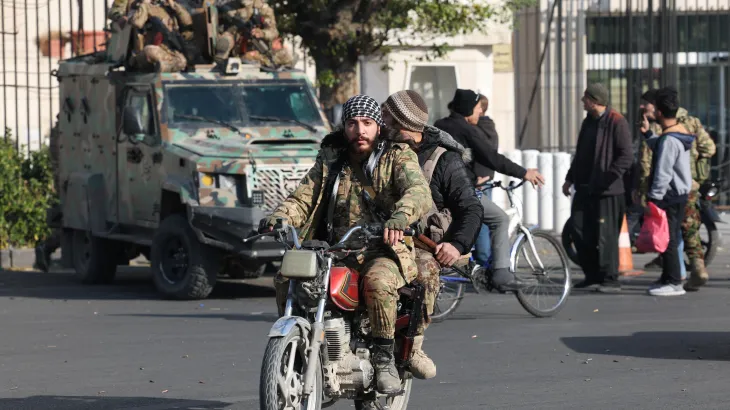400,000 polio workers across 143 districts will visit every household to administer polio drops to children, says official A week-long countrywide anti-polio campaign began on Monday (today) with the goal of vaccinating around 44 million children, while the number of poliovirus cases in Pakistan has mounted to 63 this year. Prime Minister Shehbaz Sharif administered drops to children in Islamabad as he announced the launching of the polio eradication campaign on Sunday. Addressing the launching ceremony, he expressed the commitment to eradicate the poliovirus from Pakistan with the help of provincial governments and international partners. Around 400,000 polio workers across 143 districts of the country will visit every household to inoculate children below five years, as per Prime Minister’s Focal Person on Polio Eradication Ayesha Raza Farooq. She requested the parents to open their doors and fully cooperate with the polio teams in this campaign. Kicking starting the immunisation drive in Sindh, the provincial Health Department said on Monday that the seven-day anti-polio campaign would last till December 22, during which around 16 million children would be administered anti-polio drops. The health department said 80,000 frontline workers would go door-to-door to vaccinate children, while 15,000 security personnel will accompany them for their protection. It said out of 63 polio cases in Pakistan this year, 17 were reported in Sindh. “Parents are urged to vaccinate their children against polio. Repeated polio vaccination strengthens children’s immunity,” it said. The health department also urged parents to contact helpline 1166, if any child missed vaccination. “Polio still exists in Pakistan and Afghanistan. Therefore, media, community leaders and religious scholars are requested to support the campaign,” it added. On the other hand, Bahawalpur district aims to complete its target of administering polio drops to more than 0.82 million children below five years in five days till December 20 with the help of 3,276 mobile teams, 195 fixed and 136 transit teams, District Health Authority official Dr Amir Bashir said. District Vehari deputy commissioner said they had set the target of administering polio drops to over 0.64 million children in five days with the help of 2,374 teams. Whereas, 609 teams will administer to more than 0.14 million kids the polio drops in North Waziristan and 2,023 police officials will provide security to this campaign, said the North Waziristan deputy commissioner. The Gujrat DC said teams comprising 5,169 officials will administer polio drops to over 0.51 million children in Gujrat. Launching the anti-polio drive yesterday, PM Shehbaz urged the parents to ensure vaccination of their children to protect them from the viral disease. He welcomed international partners including Bill Gates-founded the Bill & Melinda Gates Foundation, the World Health Organisation (WHO), and Saudi Arabia for assisting Pakistan in the war against polio. Poliovirus, a highly contagious viral disease predominantly affects children under five, particularly those with weak immunity or inadequate vaccination. The illness invades the nervous system and causes paralysis or even death. While there is no cure for polio, vaccination is the most effective way to protect children from this crippling disease. Pakistan is one of the two remaining polio-endemic countries in the world, along with Afghanistan, and the number of cases on a yearly basis had significantly dropped in the country, until the recent spike in cases. Country’s rigorous efforts towards polio eradication face significant challenges, particularly in areas where insecurity, misinformation, and parental refusals hinder vaccination campaigns. With over 60% of children affected by polio in 2024 having not received routine immunisation, health authorities established a high-level committee to improve coordination between the Polio Eradication Initiative (PEI) and the Expanded Programme on Immunisation (EPI). Balochistan remains the most affected province during the recent spike in the spread of disease with 26 cases reported so far this year.A week-long countrywide anti-polio campaign began on Monday (today) with the goal of vaccinating around 44 million children, while the number of poliovirus cases in Pakistan has mounted to 63 this year. Prime Minister Shehbaz Sharif administered drops to children in Islamabad as he announced the launching of the polio eradication campaign on Sunday. Addressing the launching ceremony, he expressed the commitment to eradicate the poliovirus from Pakistan with the help of provincial governments and international partners. Around 400,000 polio workers across 143 districts of the country will visit every household to inoculate children below five years, as per Prime Minister’s Focal Person on Polio Eradication Ayesha Raza Farooq. She requested the parents to open their doors and fully cooperate with the polio teams in this campaign. Kicking starting the immunisation drive in Sindh, the provincial Health Department said on Monday that the seven-day anti-polio campaign would last till December 22, during which around 16 million children would be administered anti-polio drops. The health department said 80,000 frontline workers would go door-to-door to vaccinate children, while 15,000 security personnel will accompany them for their protection. It said out of 63 polio cases in Pakistan this year, 17 were reported in Sindh. “Parents are urged to vaccinate their children against polio. Repeated polio vaccination strengthens children’s immunity,” it said. The health department also urged parents to contact helpline 1166, if any child missed vaccination. “Polio still exists in Pakistan and Afghanistan. Therefore, media, community leaders and religious scholars are requested to support the campaign,” it added. On the other hand, Bahawalpur district aims to complete its target of administering polio drops to more than 0.82 million children below five years in five days till December 20 with the help of 3,276 mobile teams, 195 fixed and 136 transit teams, District Health Authority official Dr Amir Bashir said. District Vehari deputy commissioner said they had set the target of administering polio drops to over 0.64 million children in five days with the help of 2,374 teams. Whereas, 609 teams will administer to more than 0.14 million kids the polio drops in North Waziristan and 2,023 police officials will provide security to this campaign, said the North Waziristan deputy commissioner. The Gujrat DC said teams comprising 5,169 officials will




